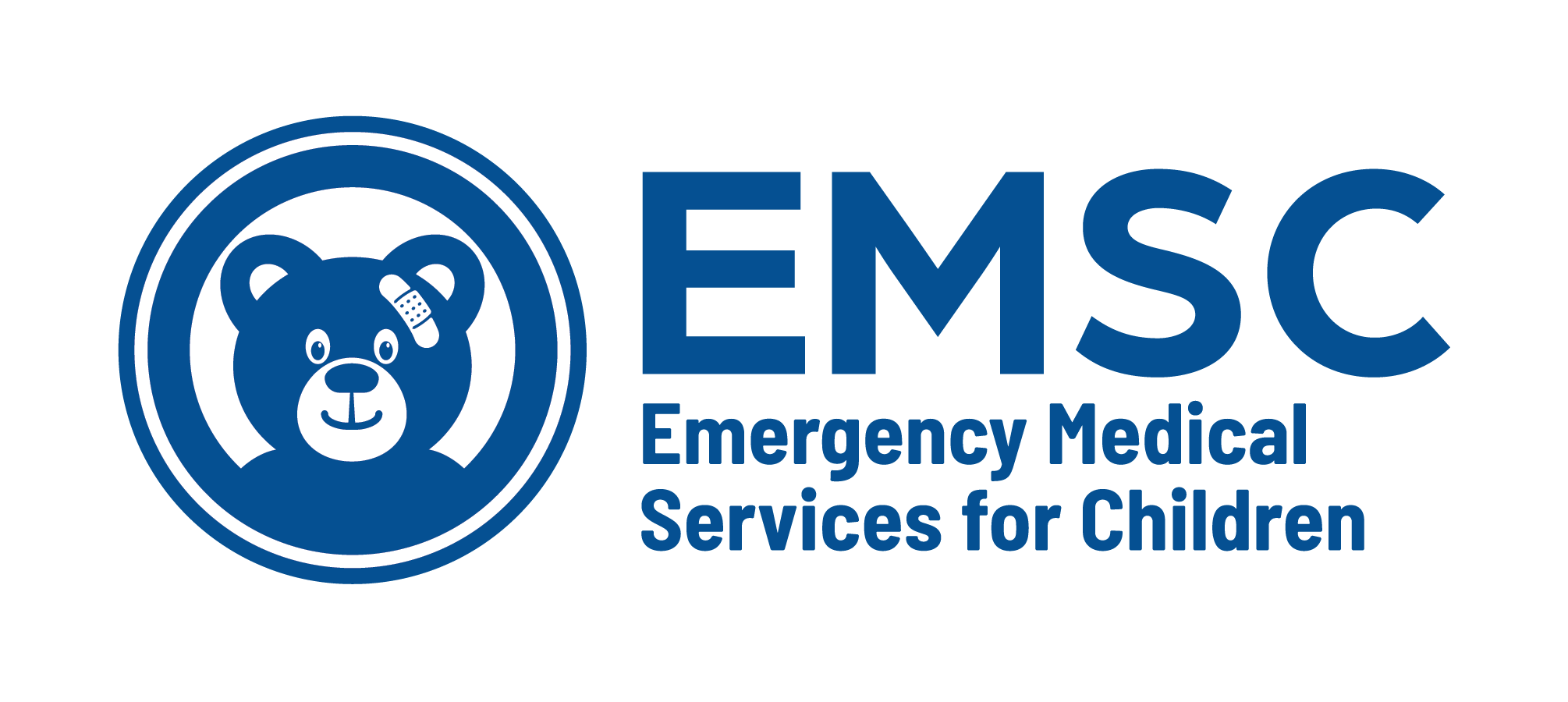Pediatric Resources
A comprehensive EMS system is ready every day for every kind of emergency. Almost every EMS system provides emergency care for children.
Infants, children, and teens who need emergency medical care require specialized pediatric knowledge, skills and equipment.
Since EMS clinicians care for children and adolescents less frequently than adults, providing pediatric emergency treatment can be stressful. This anxiety can be managed with education and training that provides and reinforces pediatric knowledge and skills.
Learn More about Pediatric EMS
Safe Transport of Children in Ambulances & Recommended Essential Equipment
The following resources were developed to foster the creation of best practices for transporting children in ambulances and to provide consistent national recommendations for local, state, and national EMS agencies.
Pediatric Readiness
What is prehospital pediatric readiness? EMS and fire-rescue agencies being trained, equipped, and prepared to provide high-quality emergency care for children in accordance with national recommendations.
Why is pediatric readiness so important? While the majority of EMS and fire-rescue agencies provide emergency care to children, pediatric calls are rare for most agencies. Many EMS clinicians describe taking care of children as “scary.” Being “peds ready” can reduce anxiety and increase confidence, and research suggests it may also improve outcomes.
How can you know how prepared your agency is? The Prehospital Pediatric Readiness Project (PPRP) has created tools designed to provide your agency with practical, usable information to understand how ready you are to provide emergency care for children and enhance your pediatric capabilities.
Prehospital Pediatric Readiness Project
EMS for Children Branch
Since 1984, the Emergency Medical Services for Children (EMSC) Branch of the Health Resources Services Administration (HRSA) at the U.S. Department of Health and Human Services (HHS), has worked to ensure that no matter where a child lives, goes to school or travels, healthcare systems are ready to provide quality pediatric emergency care.
The OEMS and the EMSC Branch partnership supports EMS clinicians in improving pediatric emergency care by funding research and putting it into practice through the development of resources and tools.
The federal project officers within the HRSA EMSC Branch oversee and manage pediatric emergency care programs which include:
EMSC Programs
National Pediatric Readiness Program
This program includes Pediatric Readiness in Emergency Departments and Pediatric Readiness in EMS Systems.
EMSC Innovation and Improvement Center (EIIC)
The EIIC focuses on quality improvement, education and collaboration, and identifies and implements strategies that result in the translation of evidence into tools and resources that change clinical practice.
The EDC supports the Pediatric Emergency Care Applied Research Network (PECARN), collects performance-measure data to improve pediatric emergency care, and collaborates with national partners to support data collection efforts to assess prehospital and hospital pediatric readiness.
Pediatric Emergency Care Research Network (PECARN)
PECARN is the first and only federally funded research network for pediatric emergency care. One of its seven research nodes is dedicated exclusively to prehospital pediatric research.
EMSC State Partnership Grant Program (SP)
Since 1985, the EMSC SP Program has provided funding to help states and jurisdictions improve and integrate pediatric care into their emergency medical care system.
Since 2021, the Pediatric Pandemic Network aims to empower healthcare systems and communities to provide high-quality, equitable care to children every day and in crises. It is funded by HRSA.




